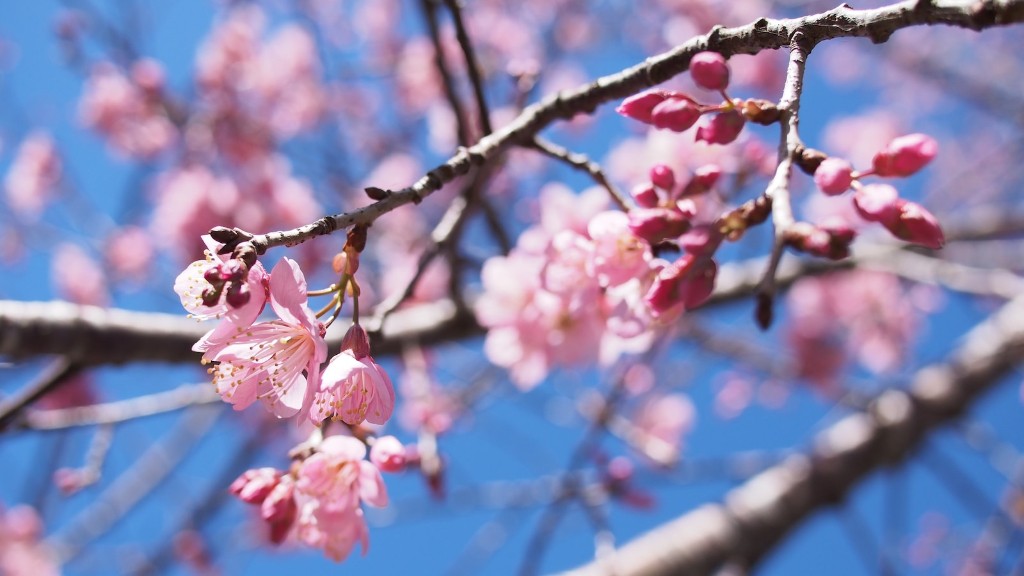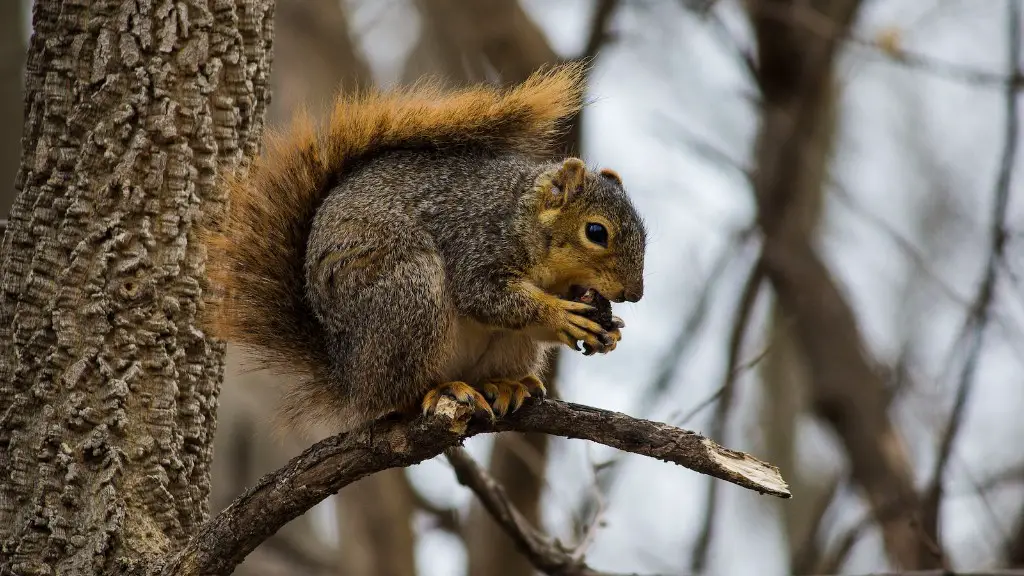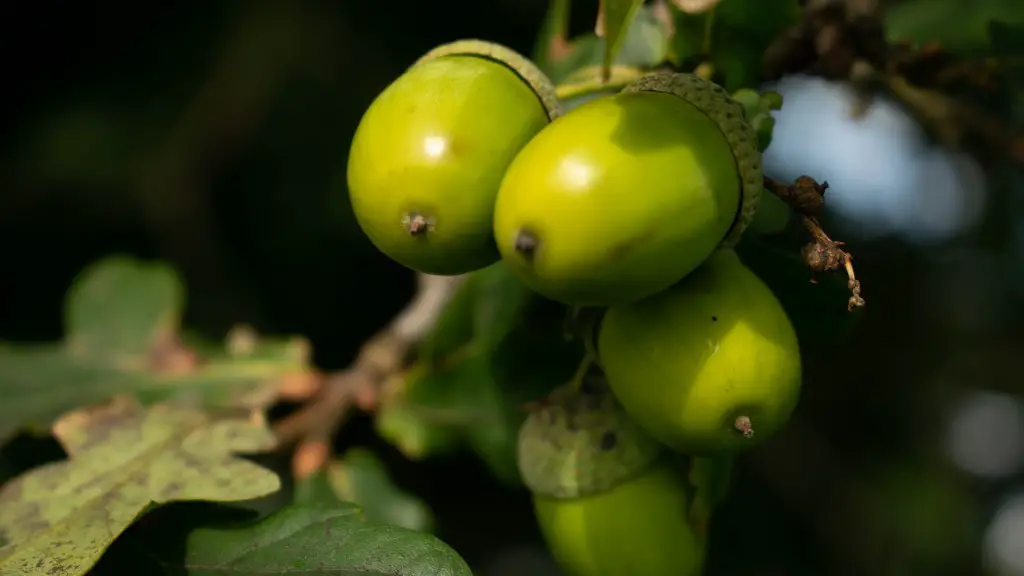Will A Weeping Cherry Tree Grow In Florida?
Weeping cherry trees have been long admired for their stunning beauty; the branches of these trees gracefully weep down to the ground, giving them a distinctive appearance. However, many wonder whether these trees can survive in Florida, given its warm and subtropical climate. In this article, we will explore this question, providing you with background information, relevant data, and perspectives from experts.
Generally, weeping cherry trees are not recommended for growing in Florida because their growth needs don’t suit the state’s humid climate. Weeping cherry trees belong to the Prunus family and are typically found in chilly climates such as Japan and the US Pacific Northwest. In Florida, soil conditions are not ideal for supporting these trees and the warmer air temperatures can make them susceptible to both diseases and pests. Furthermore, because of the hot and humid environment, they can also be more susceptible to leaf scorch.
Despite this, there are some varieties of weeping cherry trees that can survive in Florida. These include the Prunus ‘Snow Fountain,’ which is both heat and drought resistant, and the Sargent cherry, which is less hardy than most other varieties but is known to be more tolerant of humid summers. Furthermore, with the right watering and pruning, weeping cherry trees can do well in the proper conditions.
In order to get the most from your tree, experts suggest planting weeping cherry trees in spring after all danger of frost has passed. Choose a spot that receives full sun and plant it in well-drained soil. Water the tree regularly and avoid allowing it to become dry for long periods of time. Prune it in late summer to remove any dead or diseased branches. Also, you may wish to fertilize it in late spring or early summer and again in late summer or early fall. Finally, you should use mulch to insulate the tree’s roots from the hot, humid weather.
Choosing The Right Species
When it comes to selecting your weeping cherry tree, there are a few things to consider. Firstly, be sure to select a species that is suited to the climate; try selecting a variety that is tolerant of humidity and heat. Secondly, select one that fits your garden size; some species can reach heights of up to 25 feet, so take this into account when making your decision. Also, be sure to look out for any diseases or pests that may affect your tree and be sure to monitor it for any signs of stress, such as wilting leaves or discoloration.
Finally, you may wish to invest in a good fungicide or pest control product, as any serious damage to the tree could take a lot of time and money to repair. Fungicides will help protect your tree from various diseases, while pest control will help protect it from pests. Be sure to read the instructions carefully and apply as directed.
Is Weeping Cherry Tree Pruning Necessary?
Pruning your weeping cherry tree is important, as it helps keep the tree healthy and ensures that it continues to look its best. Pruning should be done annually during the trees dormant season, typically during late winter or early spring before it begins to bud. Prune away any dead or diseased branches and shape the tree as desired.
It is also important to remove any suckers from the base of the tree. These are small shoots that can weaken the tree’s structure and create an unkempt appearance. Also, it is important to prune away any branches that are overhanging buildings or other structures, as these can pose a danger in strong winds. Finally, if you are planning to use your weeping cherry tree as a fruit-bearing tree, then prune it to aid pollination.
Reasons For Weeping Cherry Tree Failure
Despite selecting the correct species, proper planting and regular pruning, there is still a chance that your weeping cherry tree may fail in Florida. This could be due to its unsuitable environment, such as overly-wet or overly-dry soils. It is also possible that your tree may have been affected by pests, such as aphids or borers, or diseases, such as leaf spot or fire blight. Additionally, it could simply be that your tree does not have enough space in which to grow.
In order to avoid these problems, it is important to be proactive. Regularly inspect your tree for signs of disease or pests and treat any issues as soon as possible. If your tree is not getting enough space, consider pruning it back or transplanting it to a more suitable spot. Check the soil to make sure it has the right nutrients and water your tree regularly.
Saving A Weeping Cherry Tree In Florida
If your weeping cherry tree is already struggling, it is important to try to save it. The first step is to determine what is causing the issue and address this. For example, if the tree is infested with pests, then you can use a suitable pesticide. If it is suffering from a disease, then you may need to use a fungicide. If it is lacking nutrients then you can fertilise the soil or apply compost.
If the problem is a lack of space, then you can prune the branches back or transplant it to a larger spot. It is important to remember that any pruning or transplanting should be done during its dormant season. Finally, make sure that the tree is receiving enough water and mulch to keep its roots from getting too hot in the Florida heat.
Light And Soil Requirements
Weeping cherry trees prefer full sun for at least six hours a day and prefer slightly acidic soils. It is best to water the tree deeply and regularly, allowing the soil to dry between waterings. For best results, mulch the tree in order to protect its roots from the heat and to retain moisture.
It is also important to ensure that the soil is well-draining and not overly wet. If the soil is too wet or boggy, the roots can suffer from root rot, so be sure to plant the tree in an area with good drainage. Additionally, adding compost can improve soil quality and provide essential nutrients to the tree.
Protecting Against Lightening And Wind Damage
Like all trees, weeping cherry trees can be vulnerable to both wind and lightning damage. To protect your tree, it is best to avoid planting it in any areas that are prone to high winds. Additionally, you may wish to install a lightening rod near the tree in order to protect it from any nearby strikes.
Furthermore, you should avoid pruning the tree in late spring or summer and instead opt for late winter pruning. This is because the tree’s wound might not have enough time to heal before the growing season begins. Additionally, you should avoid planting the tree near any power lines and always ensure that it is safely supported with adequate stakes and wires.
Conclusion: Will A Weeping Cherry Tree Grow in Florida?
As we have discussed, a weeping cherry tree can grow in Florida, provided the right conditions are met. Choosing the right species, preparing the soil, and giving the tree adequate pruning and protection are all important steps in growing a healthy, vibrant weeping cherry tree in Florida. With the right environment, your tree can bring beauty, shade, and sweet-scented blooms to your garden for many years.




